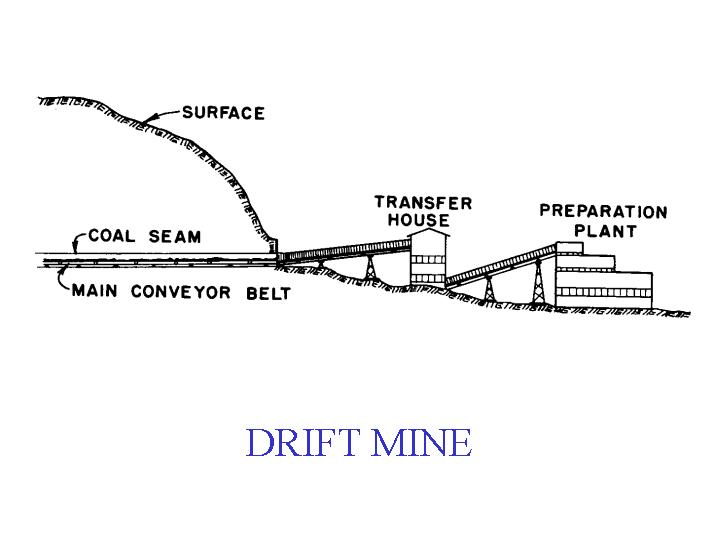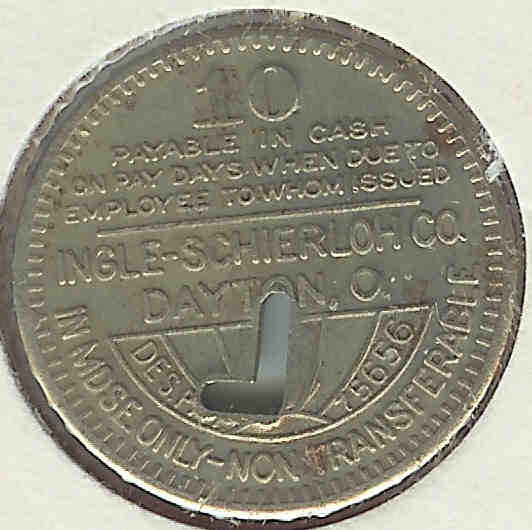There are five methods of mining as show in session 3 of the WV coal project video. The various mining techniques include drift mining, Shaft mining,
Drift mining is where the coal seam intersects the surface. How this works is the mine intersects the seam horizontally following the coal. This is mainly used for mountains this is why it is popular in West Virginia. The advantages of drift mining is there is no mountain top removal. The disadvantage is that there is a lot more erosion after the mining is done on the mountains.
http://www.onemine.org/search/index.cfm/advantages-and-disadvantages-of-drift-and-fill-mining

Shaft mining is the most common form of mining. They use elevators to access the coal. They are typically about 1000 feet deep in West Virginia. The advantage of shaft mining is that it goes deeper and gets out all the coal. The disadvantage of shaft mining is that it isn't as enviromentally friendly when you fill it in after all the coal is out. But it does keep the erosion of the mountain down.
http://www.miningmagazine.com/management-in-action/sinking-skilfully?SQ_DESIGN_NAME=print_friendly

Room and pillar mining nearly half the coal is left behind to support the roof. Pillars can "squeeze" putting pressure on other pillars and causing it to collapse. The advantages of room and pillar mining is that it is a very cheap way to mine. The other advantages of room and pillar mining is it is fast. The big disadvantage is roof collapses are very common in this type of mining although with the progression of technology, this has become less of a hazard. but still a hazard none the less.
more on room and pillar mining

Longwall mining is also known as retreat mining. The main way of Longwall mining is they use hydraulic to support the ceiling and do this with huge mining machines. Once the coal is removed the machine retreats and the ceiling collapses behind it. The advantage of this is that it gets a lot more coal out than room and pillar mining. The disadvantage to Longwall mining is that it is very costly.
longwall mining

Strip mining is mainly used when coal is close to the surface or the overburden is unstable. As mining progresses , the overburden is placed on the previous mine cavity. the advantage to strip mining is less miners would get hurt in case of an accident. The disadvantage is that it isn't as eco friendly and not filled as well as other types of mining techiques.
strip mining

 a dime script for Lillybrook
a dime script for Lillybrook





